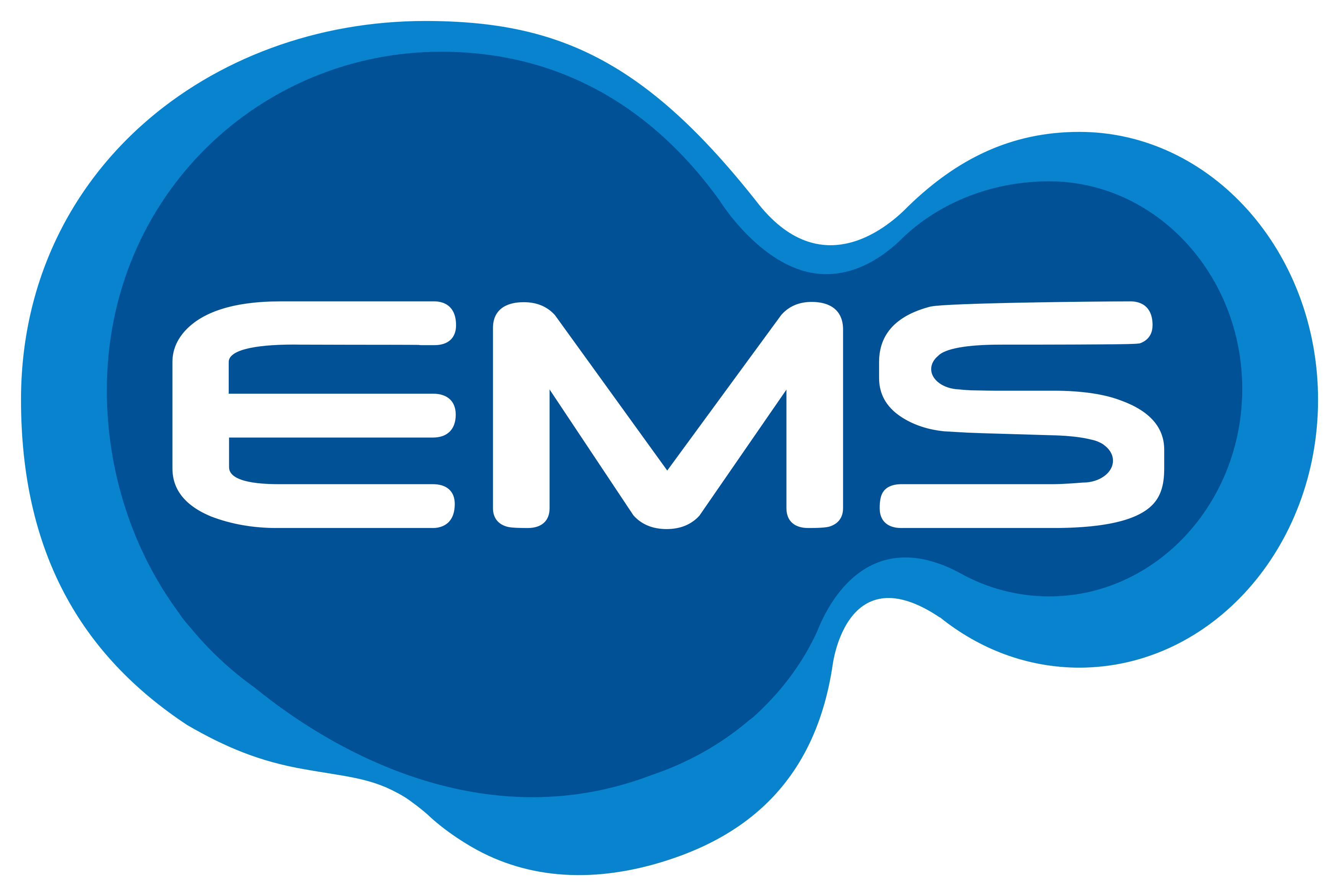
Technologies used:
PHP / Laravel / Javascript / React / Redux / Saga
SQL / MySQL
RestFul APIs
During my time working in the web development team at EMS Pharmacy Industry, we encountered an issue where most of the developers were not familiar with using design patterns, leading to excessive effort being put into developing even simple functions for the system. Given our tight project timeline, we knew we needed a solution.
I brought up the issue with the IT manager and suggested implementing design patterns to improve our development process. We decided to create a library using the strategy design pattern, which would be responsible for validating information inputted by end-users.
Using this library, we were able to develop a plethora of functions at a rapid pace, resulting in the project being completed on time and with great success. We were able to thoroughly validate all inputs of the system, greatly improving its functionality.
The team was encountering challenges with data input formats, primarily due to a lack of React JS expertise. Incorrect data entry was leading to data integrity issues.
I was assigned the task of developing and designing reusable React components with robust validation capabilities to ensure accurate data input. This involved creating components for various data types, such as dates, monetary values, and integers.
I began by thoroughly analyzing the data format requirements and potential validation scenarios. I then proceeded to develop a suite of reusable React components, each tailored to a specific data type. These components incorporated robust validation logic to prevent invalid input, such as incorrect date formats or non-numeric values for monetary fields. I also implemented clear error messages to guide users in correcting their input.
By successfully implementing these validated components, we effectively resolved the data format issues. Users were now guided to input data in the correct format, and the system accurately captured and stored valid data. This significantly improved data quality and reduced the need for manual data correction, ultimately saving time and resources.